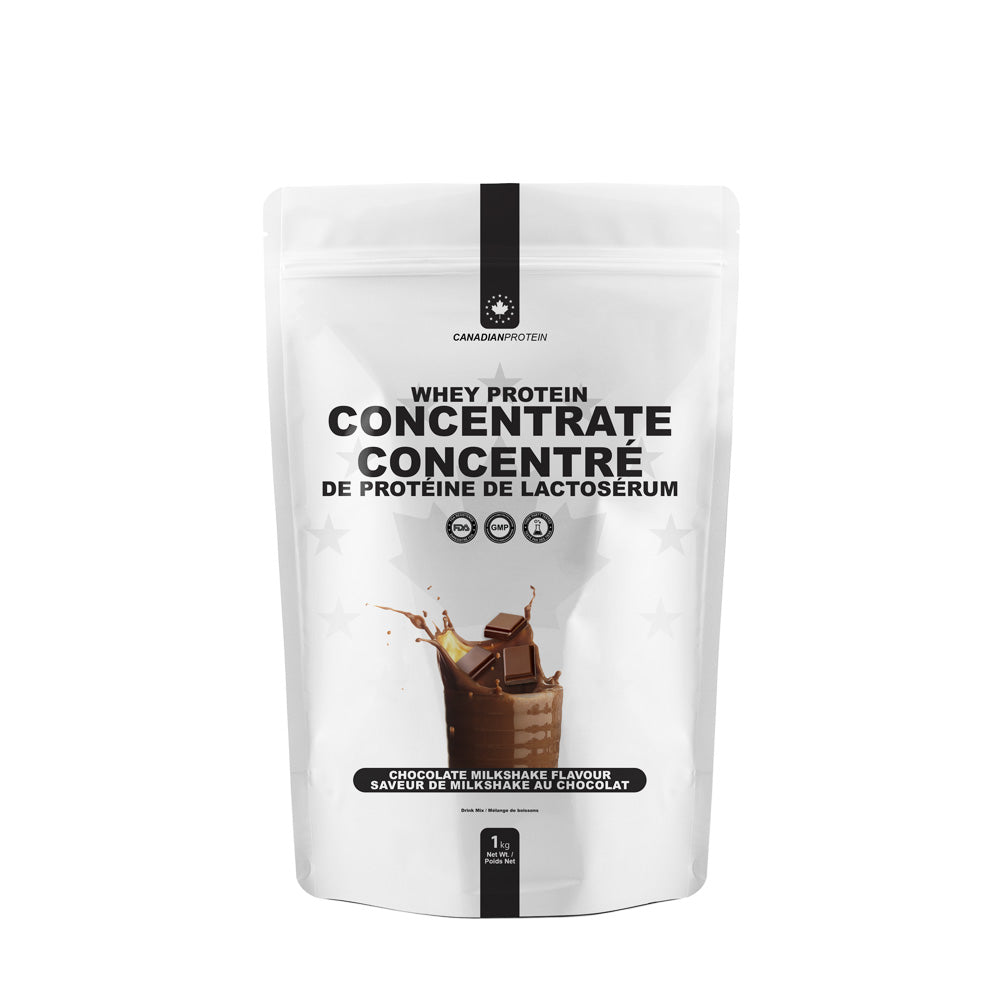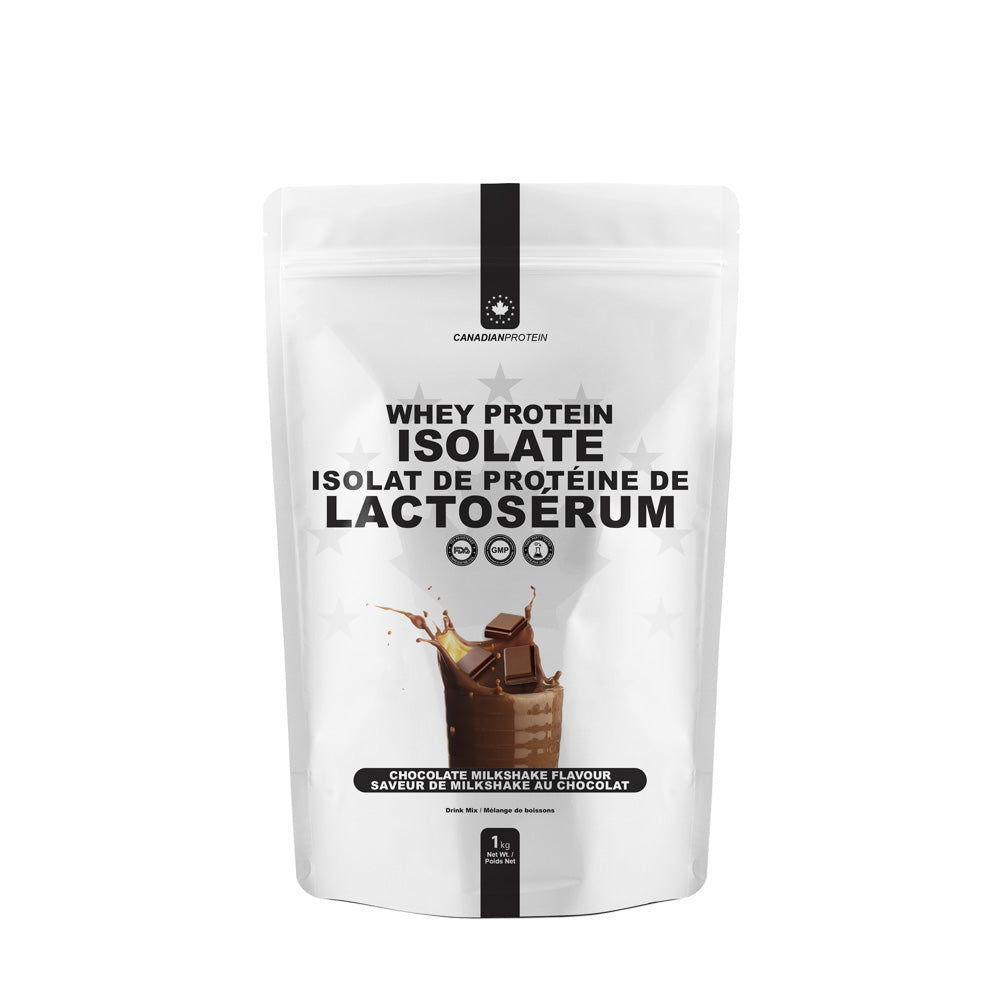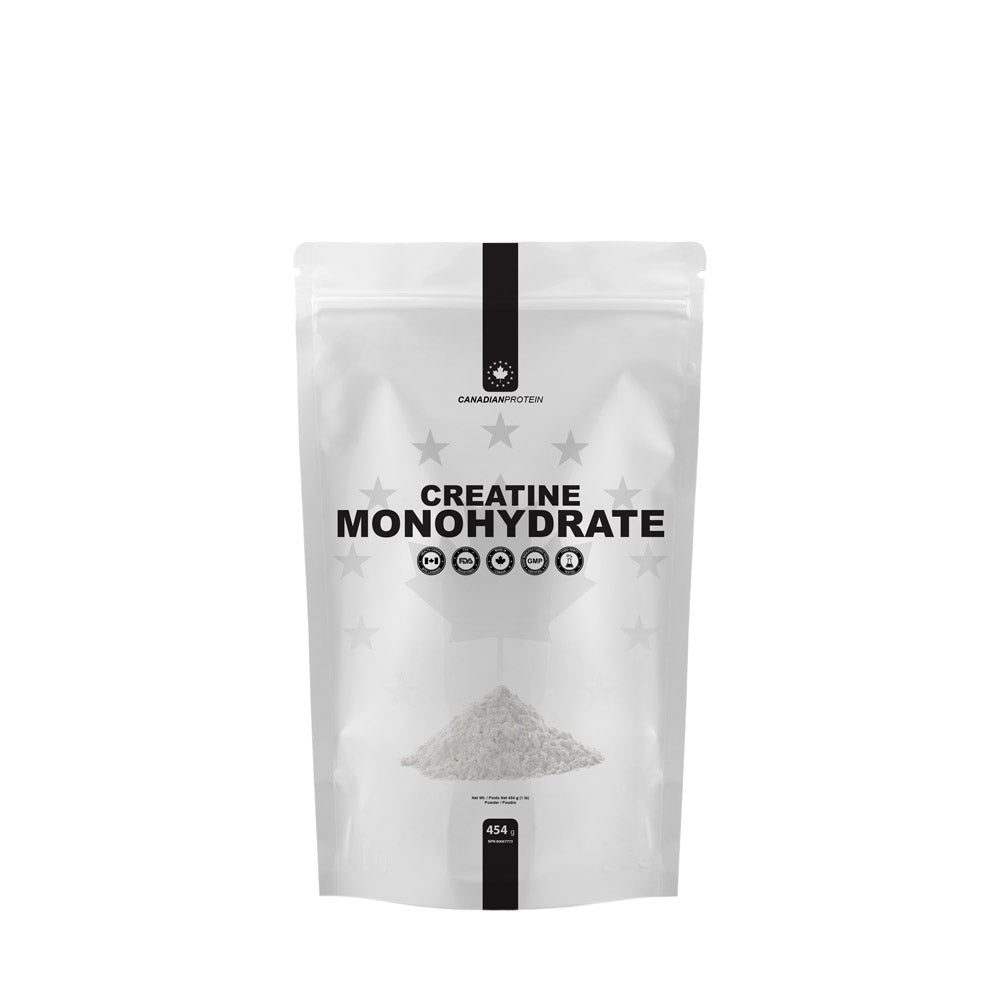Whereas in the past it used to be considered a pastime for freaks and dumb “meat heads”, nowadays bodybuilding is fast becoming one of the most popular sports in the entire world, and for very good reason too. People that don’t truly understand bodybuilding, believe it to simply be no more difficult than drinking a protein shake now and then, and lifting weights 3 or 4 times each week. Needless to say any individual that truly thinks that about bodybuilding clearly has no idea what they’re talking about because in reality it is one of the most highly complex, stressful, difficult, yet ultimately rewarding sports that the world has ever seen. Some people bodybuild as a hobby or as a way of staying in shape and looking good in a tank top, but other more committed individuals take up bodybuilding with the intention of entering a contest, getting themselves into the best physical condition of their lives, winning said contest, and then hopefully going on to win many more in the future. Some even earn a living from bodybuilding. If you’ve committed yourself to entering a bodybuilding competition, the prep leading up to the contest is incredibly difficult as you’re looking to not only lose fat and build/maintain muscle and definition, but you’re also looking for wards of making your muscles and veins appear fuller and harder, and your physique looking lean and defined as well. Not only do you have training to contend with, there’s also the nutrition as well. It’s far from easy as mentioned, but if you know what you’re doing, everything will begin to fall into place much easier for you. Here are a few tips to help you along.
Don’t neglect your cardio

When it comes to contest prep, cardio is just as important as weight training, in fact some may argue that it’s even more important because fat loss is absolutely essential. It doesn’t matter if your show is 4 weeks away, 6 weeks away, 10 weeks away, 6 months away, whatever, the fact remains that as soon as you’ve committed to entering a show, you’ll need to ensure you get as much body fat off your physique as you possibly can. If your body fat percentages are already relatively low, you may wish to perform cardio 4 or 5 times per week at a slow and steady pace, starting several weeks out. If you have more body fat than you ideally should have, you’ll need to really kick things up a gear. Start at least 12 weeks out, though preferably 16 weeks is even better, and think about cardio twice per day, 4 – 5 days per week. That’s along with weight training as well, and as mentioned before, it’s certainly not easy, but if you wish to be successful, it is essential. Once you get to one week out however, you should cut back on cardio altogether, or at the very most, stick with walking. By that time you should have done the hard work so your priority will now be water and sodium levels, rather than fat loss.
Casein before bed
When bodybuilders diet down for a contest, they are quite literally “dieting” and so are still in a calorie deficit which means they’re burning off more calories than they’re taking in. Whilst this is ideal for fat loss, it also means a slight loss in muscle as well, which is where casein protein comes in so handy. When we sleep, without the right nutrients, our bodies enter a catabolic state and begin to eat away at our muscle tissue. Obviously as you’re looking to maintain/build muscle and burn fat, losing muscle is your worst nightmare. To help keep your body in an anabolic state, you should ideally drink a casein protein shake immediately before going to bed. This is because casein is a slow-digesting and slow-absorbing protein, which releases a gradual stream of nutrients into the body as you sleep. These feed the muscles, they promote growth and recovery, and they prevent muscle catabolism, which is exactly what you need.
Eat little and often

As you’re training so hard whilst still in a calorie deficit, you’ll find yourself feeling tired and lacking energy, which is why it’s so important that you get your meal-timing just right. To help keep your metabolism running at its full capacity, make sure you eat every three hours, no matter what. Two of these meals can come in the form of whey protein shakes, but the rest should contain a lean protein source, fresh veggies, and, depending on which diet plan you’re following, either a healthy fat source, or a complex carb source. Eating every three hours or so helps to keep muscle glycogen levels topped up, it helps fuel the metabolism, and it helps to provide energy required to get you through your weight and cardio training.
Carbing up
Before a competition, bodybuilders will “carb up” in order to help replenish muscle glycogen levels which will have dropped because leading up to the show, bodybuilders will carb-deplete themselves to help strip away the last remaining ounces of fat and water. Some bodybuilders will carb up for several days leading into a show, whereas others will literally do it the night before they compete. A successful carb up can literally make such a dramatic improvement to a bodybuilder’s physique that the difference from the night before to the next morning will be hard to believe. A successful carb up will make the muscles look fuller and harder, and will help increase vascularity in the process. If you get too carried away, or don’t consume enough however, your body will appear flat, bloated, and smooth, the exact opposite of what you want. A poorly judged carb up has the potential of undoing months upon months of hard work, so the best advice to be would be to seek advice from experts, see how your body responds a few weeks in advance, and educate yourself as much as possible.













